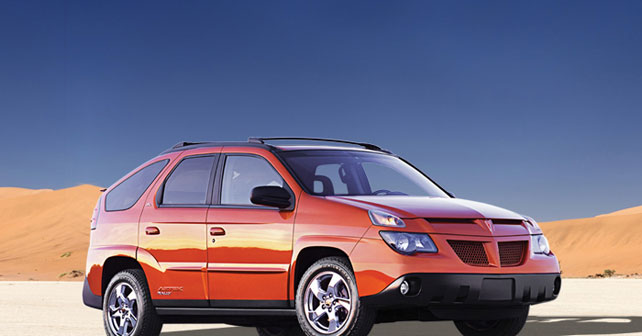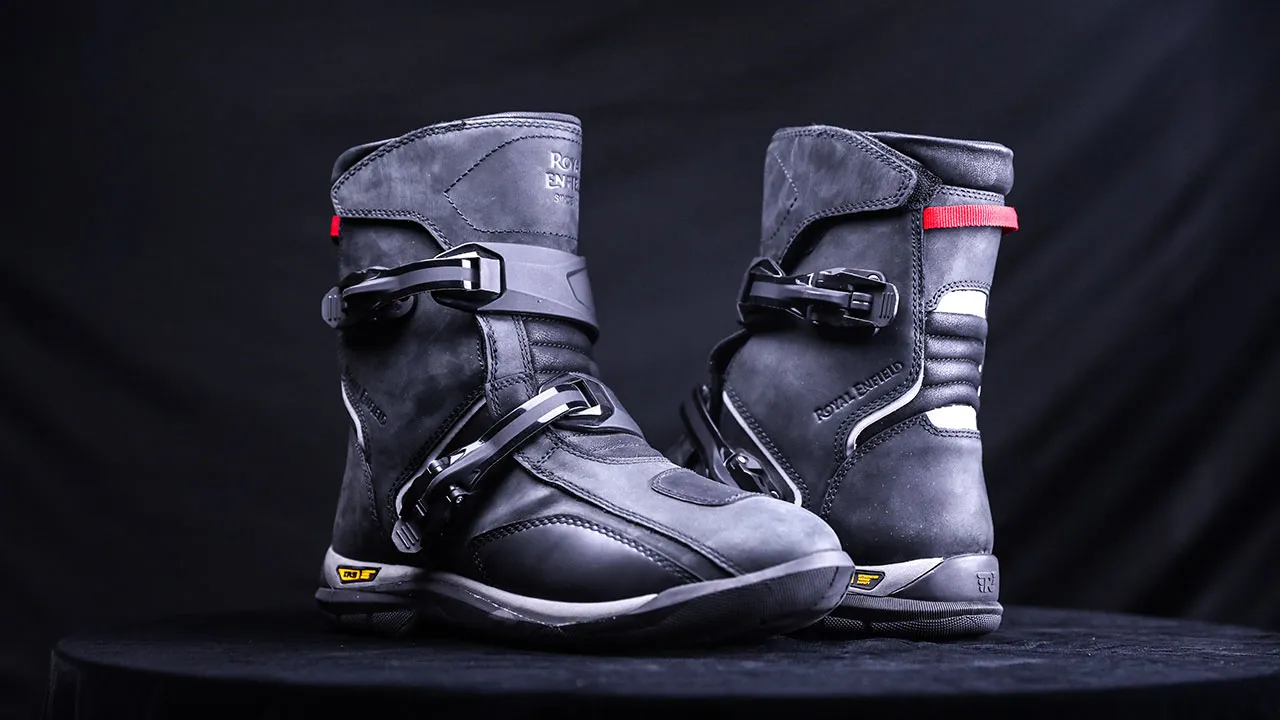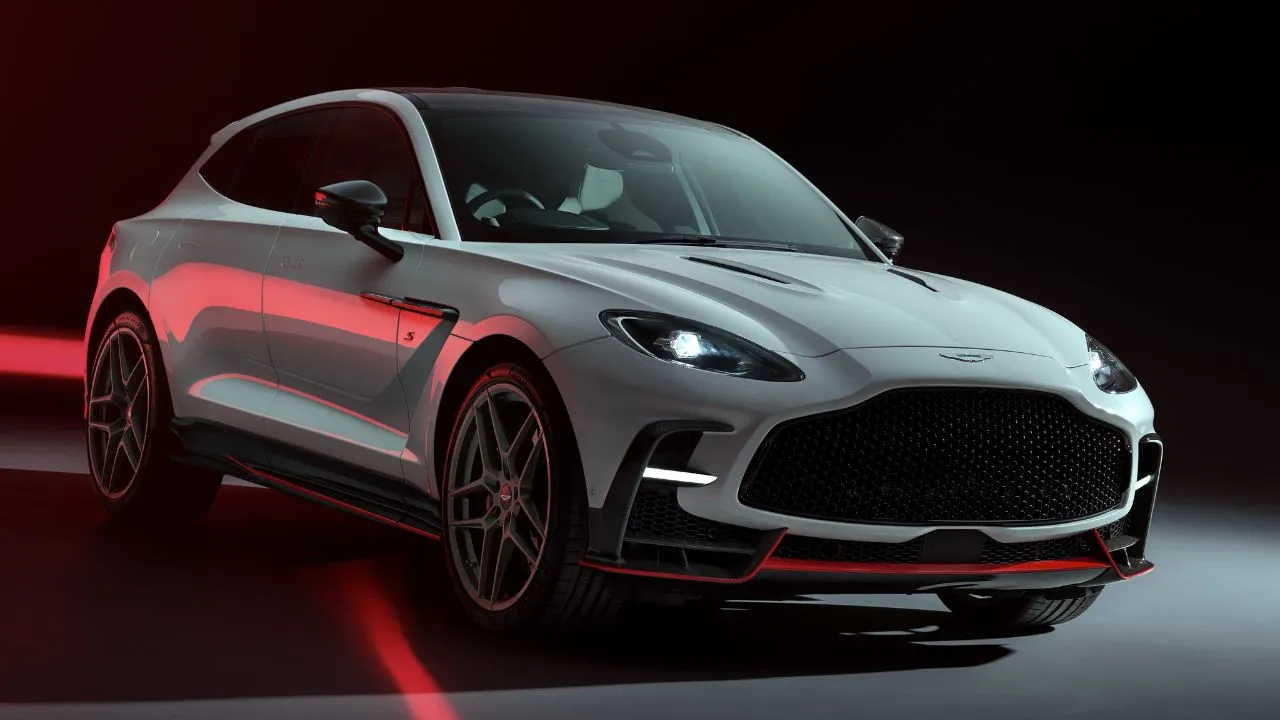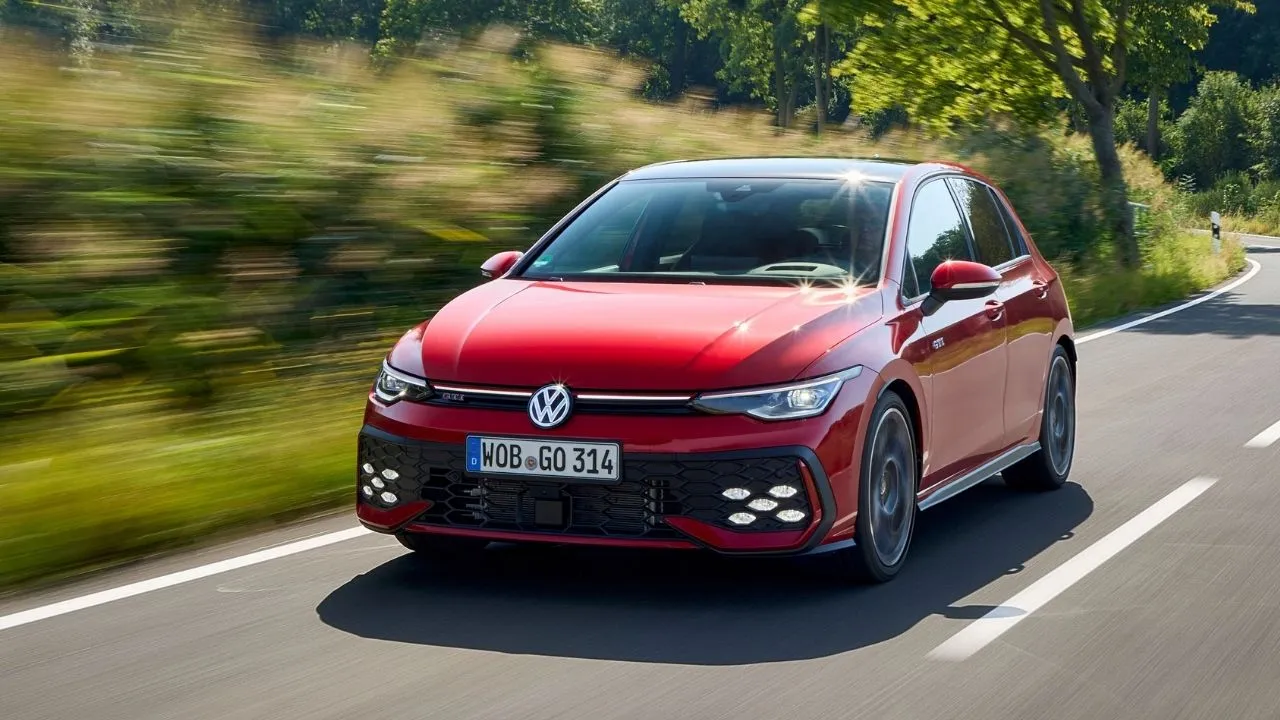Jens explores the ill-fated tale of the Pontiac Aztek, and asks how a GM ‘halo’ car could go so wrong?
It was supposed to be a triumph of market research. To the last detail, General Motors had researched the lifestyle and the habits of a younger

It was supposed to be a triumph of market research. To the last detail, General Motors had researched the lifestyle and the habits of a younger generation of buyers. Legions of designers and engineers brought their ideas to the table. It was supposed to be a ‘halo car,’ its image was expected to illuminate the entire Pontiac brand. The brand has since died! I’m speaking, of course, of the Pontiac Aztek – a high-roof crossover vehicle with flat body-sides, smallish wheels, a sagging third window, and altogether awkward proportions. It’s a permanent leader in the ‘worst car’ and ‘ugliest car ever’ lists circulating on the Internet, and a constant target of derision. Its production run lasted from 2000 to 2005, and many of the people responsible for the Aztek still work for GM. But the project doesn’t show up on their resumes. We have found a few who were willing to share their story about the project. One of them, who now works for Cadillac, remembers: “We were fully expecting to build 75,000 units per year. We would have needed to sell 60,000 to turn a profit. Instead, there was not a single year in which we sold more than 30,000 units.” The initial market performance was unimpressive, and soon sales took a sharp turn downwards. The Aztek’s misfortune on the market took GM by surprise. “Based on our market research, we fully expected the Aztek to be a smashing success,” our confidant tells us. And there was one further indication that the Aztek should have done well – the 1999 Aztek concept, shown to the public one year before the actual car, had received positive feedback from customers and the media. That concept, in fact, was full of clever ideas, and most of them became available on the series production car. On the final product, the trunk floor can be pulled out for easier loading. The trunk net can be fixed in 40 different positions. The loading box between the front seats is a cooler that can be taken out of the car. The storage in the front doors can be taken out and carried as a bag. And a backpack is hanging off the back of the front seats. A head-up display was available, as was a rear-seat entertainment system. There’s more – the Aztek’s trunk features an air compressor, which allows the tire pressure to be deflated for on-beach driving and re-inflated afterwards. Moreover, it allows the Aztek’s air mattress to be filled. The air mattress comes in handy when the Aztek is turned into a camping mobile by means of a large tent, which is attached onto the open lift-gate. Building the tent only takes a few minutes. While camping, 2 speakers in the trunk provide music, and the lower part of the lift-gate is so stable that it easily holds two XXL-sized Americans enjoying a picnic. While all of these elements were carried over from the Aztek concept car, one of them wasn’t – the funky exterior styling, conceived by designer Tom Peters. While the concept showed muscular volume and attention to detail, the series production car is boxy and flat. How could the transition go so horribly wrong? In fact, the dice had been rolled when the concept was shown. The series production car was already finalized when GM decided to unveil a design concept in order to “test the waters” with customers. The company knew full well that it wouldn’t be possible to bring the sculpted shapes of the concept car into series production at any reasonable cost. The starting signal was an internal concept called ‘Bearclaw’ – the result of a briefing that called for combining a Camaro with a truck. It’s never been publicly shown, but I hear it resembles a BMW X6. As it got green-lighted for further exploration, the vehicle was intended to use the wide, rear-wheel drive platform of the Chevrolet Astro minivan – heavy, powerful, and old-fashioned. But, then, the focus shifted to safety and efficiency – and GM chose the front-wheel drive U-Body platform instead. And, thus, the vehicle became tall, narrow, and front-heavy. The Aztek never was a popular sight on American roads, and today, it continues to evoke surprise and amazement among onlookers. I recently spent an entire day with a 2004 model. Owner Mikie Barchi, an ex-soldier, raves about the stiffness of the body and the off-road capabilities of his Aztek, which he drives everyday. And, in fact, it’s almost impossible to get stuck with this vehicle, even on loose sand. Visibility is excellent, and the engine pulls strongly at low rpm. The utility and versatility of the vehicle continues to surprise. And the looks? They remain a matter of taste. Almost unnoticed, a growing community of Aztek owner has emerged in America. Good examples with low miles are already increasing in value, and rare options – like the tent – fetch good money. Once you’ve found a good Aztek, you don’t sell it. More than a few cars have travelled well over 500,000 kilometres. Perhaps GM’s market research was correct after all? 14 years ago, they did call it a ‘cult car.’

























Write your Comment on